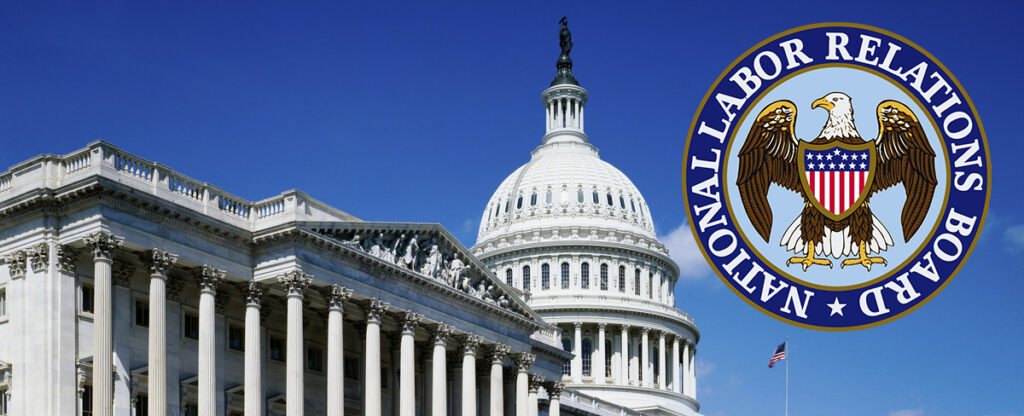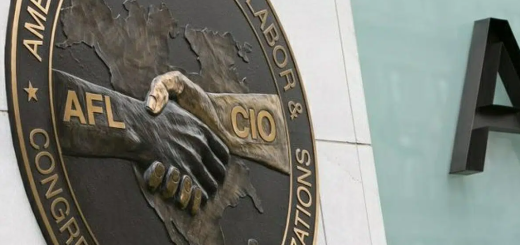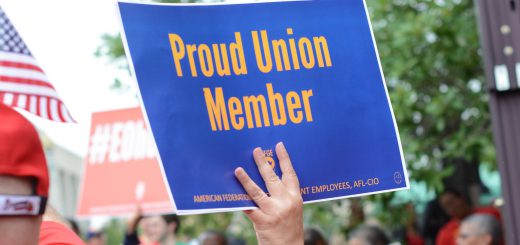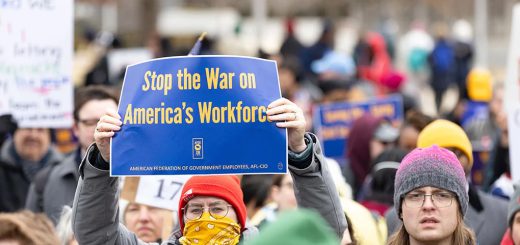How the New Administration Could Impact U.S. Labor Unions

During his first term, President Trump’s administration took several steps to weaken labor unions. Key actions included the appointment of conservative justices to the Supreme Court, resulting in decisions like the Janus v. AFSCME case, which ruled that public-sector unions cannot charge non-members fees for collective bargaining. Additionally, the administration supported right-to-work laws, which prohibit union membership as a condition of employment, further reducing union power in various states.
Key Areas for Labor to Watch in the Next Administration
- Regulatory Environment – The new administration is expected to continue its deregulatory governance, focusing on reducing what it considers burdensome regulations on businesses. This could involve further rollbacks of Obama-era labor protections, such as those related to overtime pay, joint-employer status, and workplace safety standards. For unions, this means potential challenges in negotiating for better working conditions and protecting workers’ rights.
- National Labor Relations Board (NLRB) – President Trump’s influence on the NLRB could be profound. The board, which oversees labor disputes and union elections, is certain to see appointees who favor pro-business perspectives. This shift could lead to decisions that make it harder for unions to organize and maintain membership, potentially reversing pro-labor rulings from previous administrations. Will Trump force out NLRB General Council Jennifer Abruzzo? Almost certainly. What remains to be seen is how deep the cuts will fall within the NLRB Board itself.
- Legislative Efforts – With a Republican-controlled Congress, the new administration will most likely continue to pursue legislative changes that impact unions. Potential initiatives could include resurrecting nationwide right-to-work laws and reforms to the National Labor Relations Act. These efforts aim to diminish union influence and financial stability, making it more challenging for unions to advocate for the rights of workers.
- Public-Sector Unions – Public-sector unions, representing government employees at the federal, state, and local levels, may face heightened scrutiny and further legal challenges. Following the precedent set by Janus v. AFSCME, there will be additional attempts to limit their power, especially in terms of collective bargaining and political activities.
- Economic Policies – President Trump’s economic policies, including tax cuts and deregulation, aim to stimulate business growth and job creation. However, the trickle-down effect of these policies on workers’ wages and benefits remains contentious. Without strong labor representation, workers will not see the intended benefits and will face greater job insecurity and wage stagnation.
- Reclassifying Federal Workers – Trump has previously indicated that he plans to revive Schedule F, a plan from the end of his time in office to reclassify tens of thousands of federal employees in “policy-related” into the excepted service, effectively making them at-will employees. The end game being to replace as many non-partisan federal workers as possible with party loyalists.
- Union Busting Regulations – Recent NLRB rulings have added long-missing teeth to anti union-busting enforcement. Previously low fines encouraged union busting as simply the cost of doing business. Now, precedent holds that gross union-busting actions can trigger an immediately recognition of the union and force employers to begin bargaining in good faith, based on the recent CEMEX ruling. There are rumblings that CEMEX is in the new administration’s crosshairs as well.
Labor unions should be gearing up for a renewed fight. Forward-thinking labor leaders are organizing campaigns to educate and mobilize their members, focusing on the importance of union solidarity and political engagement. “Change is coming” says Ken Green, Founder of UnionTrack. “If you are not engaging your members when times are good, imagine how much harder those engagements will be during times of upheaval.”
A lot remains to be seen as to the new administration’s actions on US labor relations. As the administration’s policies unfold, unions will continue to adapt and respond, advocating for the rights and interests of American workers amidst a shifting political landscape. but one thing is for certain. The incoming Republican-controlled federal government has not been kind to labor in the past. We can expect new legislation, rulings and executive orders all aimed at undermining labor. The time to prepare has already passed.
What Can Labor Do to Prepare?
Now is the time for Locals to harness the power of our connected lives – and use those tools to organize and fight for those protections labor has tirelessly achieved for all workers. Connected tools like UnionTrack ENGAGE allow labor leaders the chance to engage with their members like never before. Book a demo today, and let us show you the true value of ENGAGE.








